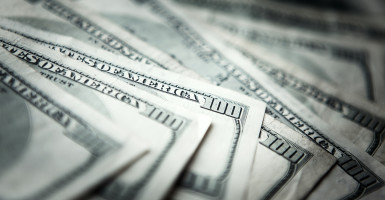During the last debate Senator Ted Cruz, Ben Carson, Mike Huckabee and Senator Rand Paul all waded into monetary policy, a hot topic since the 2008 crisis. Predictably, the last few days have seen a flurry of news articles attackingtheir views.
Some of these stories, such as Greg Ip’s, are quite thoughtful. But on balance they are too dismissive of legitimate policy issues.
One critique landed on the Politico Wrongometer, but it definitely shouldn’t have. After one candidate suggested monetary policy was too tight in 2008, the Wrongometer responded as follows:
But what did the Fed do in 2008? It wasn’t tightening money. The Fed actually cut rates repeatedly in 2008. Some economists have argued policy makers didn’t cut rates fast enough given the economic conditions. But that’s only “tightening” if you measure it against the demand for liquidity and market expectations. It doesn’t reflect the Fed’s actual policy moves.
One problem with this indictment is that the Fed should be held accountable for its policy decisions leading into 2008, not only those it implemented after the crisis hit. Another problem is the stubborn fascination with interest rate decreases and increases.
As David Beckworth points out, interest rate target cuts are not the only way the Fed can tighten. And we definitely shouldn’t relegate the Fed’s impact on liquidity to a secondary concern. The Fed is actually supposed to prevent economic collapse by providing system-wide liquidity.
By this standard, there’s a pretty good case for monetary policy being too tight leading up to – and through the beginning of – the 2008 crisis.
For instance, if we look at two widely accepted measures of aggregate demand, the Fed tripped up.
First, the growth rate of nominal gross domestic product (NGDP) started a downward trend in the last half of 2007 and turned negative in the first quarter of 2008. Second, growth in final sales of domestic product slowed dramatically at the beginning of 2008, and then turned negative at the end of the year.
Some will argue these are nontraditional measures of tightness, but the fact remains that the Fed is supposed to prevent the economy from tanking. Nonetheless, even more traditional measures make a good case that monetary policy was too tight.
Originally published at Forbes. This commentary was updated by the author.































